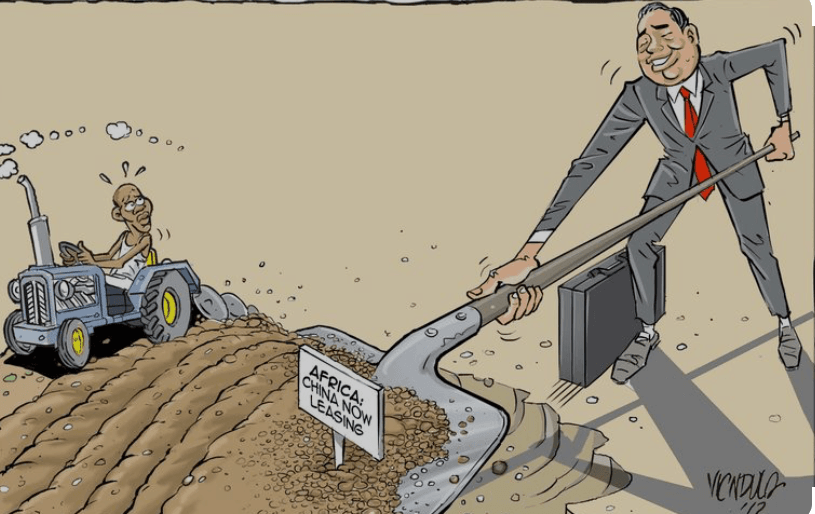The Emmerson Empire
The Emmerson Empire: Should One Family Own 2.4 Million Acres of America?
Imagine this: one family quietly owns more land than the entire state of Delaware. That’s the Emmersons, the timber dynasty behind Sierra Pacific Industries (SPI). With 2.4 million acres of forestland across California, Oregon, and Washington, they’re not just landowners—they’re power brokers shaping ecosystems, economies, and even local politics.
But here’s the question no one’s asking: What does it mean for the rest of us when so much land is controlled by so few?
From Sawdust to Supremacy
The Emmerson story begins humbly enough. In 1950, R.H. “Curly” Emmerson and his son Archie Aldis “Red” Emmerson started a small sawmill in Northern California. But Red wasn’t content with just cutting timber—he wanted to own the forests themselves. Over decades, SPI acquired land at an unprecedented scale, including a 522,000-acre deal in 1992 that cemented their dominance.
Today, Red’s sons—George (Chairman) and Mark (CEO)—run SPI, while Red’s daughter Carolyn oversees the family’s philanthropic arm. But insiders say Red still wields significant influence from behind the scenes, ensuring the family’s empire stays firmly in their grip.

The Power of Land Ownership
On paper, SPI presents itself as a sustainable forestry leader: planting trees, managing forests responsibly, and creating jobs for rural communities. But critics say their control over such vast resources gives them disproportionate power over public goods like water supplies, wildlife habitats, and carbon storage.
Here’s the thing: forests aren’t just private assets—they’re part of our shared environment. When one family controls millions of acres, decisions about how those lands are used affect everyone. Do we trust private companies to prioritize public good over profit margins?
The Moonlight Fire Scandal
The risks of concentrated landownership became painfully clear in 2007 with the Moonlight Fire, a wildfire that burned over 65,000 acres in California. Federal prosecutors accused SPI of negligence, claiming their logging operations sparked the blaze. While SPI denied responsibility and settled for $47 million without admitting fault, the case raised serious questions: When corporations own this much land, who holds them accountable when things go wrong?

Who Really Owns America?
The Emmersons’ story isn’t just about timber—it’s about power in modern America. Land is one of our most finite and essential resources, yet it’s increasingly concentrated in the hands of a few ultra-wealthy families. Billionaires like Bill Gates are buying up farmland at alarming rates; just 100 families now own more than 40 million acres of private land in the U.S.
This trend has profound implications:
- Local communities lose their say over how nearby lands are managed.
- Small farmers can’t compete with billion-dollar corporations.
- Ecosystems are shaped by profit motives rather than public interest.
Dr. Laura Simmons, an environmental ethicist, warns: “Land ownership at this scale creates an imbalance of power that undermines democracy itself.” Economist Dr. James Hall adds: “Land isn’t just an asset—it’s a source of generational wealth. When so much is concentrated in so few hands, inequality deepens.”

What Does This Mean for You?
The Emmersons’ empire forces us to confront uncomfortable questions about wealth and power:
- Should one family control so much land?
- How does this level of ownership affect public resources like water and biodiversity?
- Is it ethical—or even sustainable—for natural resources to be treated as private commodities?
Some argue for stronger regulations on large-scale landownership or taxes on massive holdings to fund public conservation efforts. Others suggest breaking up monopolistic control over natural resources altogether.
But these solutions raise their own questions: How do we balance private property rights with public good? And if we start regulating land ownership more aggressively—where do we draw the line?

The Final Thought
The Emmersons’ success is undeniably impressive—a testament to hard work and strategic vision—but it also highlights how easily resources can become concentrated in ways that benefit a few while leaving others behind.
Their story isn’t just about timber; it’s about what happens when wealth and land ownership collide with public interest. So ask yourself: What kind of future do we want? And more importantly—who gets to shape it?
